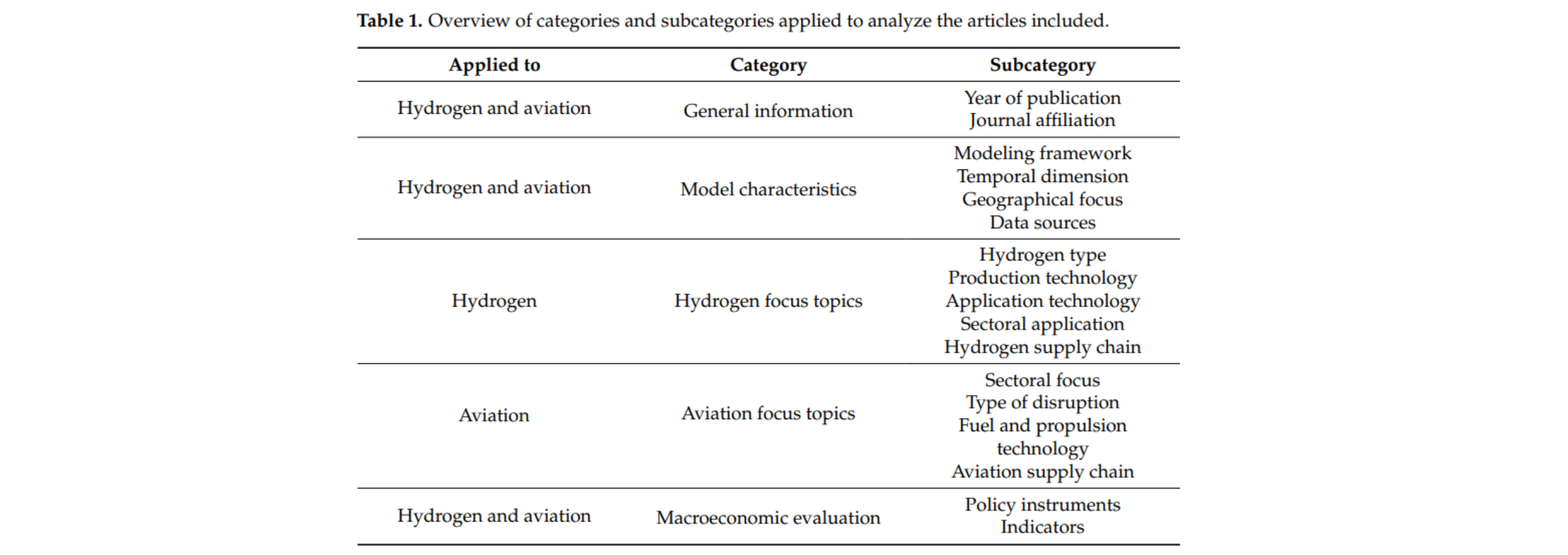Fostering Macroeconomic Research on Hydrogen-Powered Aviation: A Systematic Literature Review on General Equilibrium Models
The hydrogen momentum affects the air transportation system. While several articles have addressed the technological or techno-economic bottlenecks, macroeconomic considerations of hydrogen use in aviation are so far underexplored. However, hydrogen-powered aviation has numerous macroeconomic implications. The application of so-called general equilibrium models is a promising approach to investigate the economy-wide consequences of novel technologies and to evaluate the effectiveness of supporting policy interventions. Therefore, this class of models has been applied to both contexts (a) hydrogen and (b) aviation separately in previous studies.
This paper analyzed these existing modeling applications on (a) hydrogen and (b) aviation in order to propose a macroeconomic research agenda on hydrogen-powered aviation. A systematic literature review was conducted to derive main insights from the existing literature and to identify critical research gaps.
The findings include, among others, the dominance of unsustainable hydrogen types in existing literature, hydrogen’s lack of cost competitiveness and the macroeconomic relevance of the aviation sector. Research gaps are, among others, the focus on promising fields of hydrogen application (e.g., aviation, heavy-duty transport, industrial processes) and a more holistic view on the air transportation system. Moreover, we propose five implications for macroeconomic research on hydrogen—powered aviation:
- Building on existing modeling approaches from previous studies
- Utilizing interdisciplinary data and appropriate scenarios
- Considering a geographical dimension of hydrogen-powered aviation
- Applying diverse policy instruments
- Taking a holistic approach on hydrogen-powered aviation
This paper contributes a comprehensive overview of existing equilibrium models in the context of (a) hydrogen and (b) aviation. In addition, it connects both strands and consequently, provides a suitable foundation for scholars to address the macroeconomic dimensions of hydrogen-powered aviation in future research.
Open Access Article: https://www.mdpi.com/1996-1073/16/3/1439

